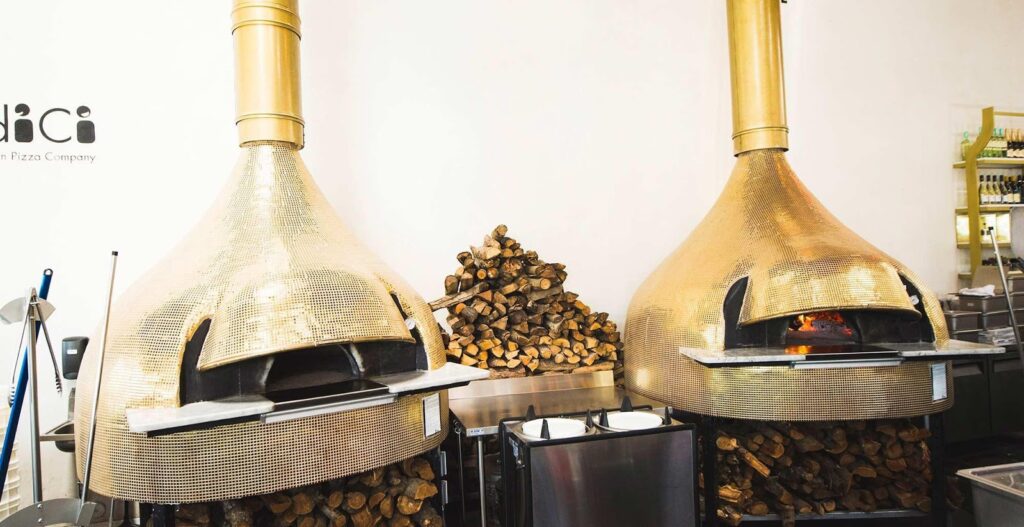Long gone are the days when pizza was peculiar only to Italy. Whether you’re a pizza enthusiast or an experienced pizzaiolo, you must be looking for the best type of outdoor oven to do your magic at home. Learn more about pizza-making accessories at pizzaovenradar.com. Knowing how confusing the process can be, let me give you a hand to find the type of oven that will perfect your pizza-making.
Barrel Oven

Scarcely resembling a barrel, or rather a half of it, this oven is normally made of clay or bricks. The foundation is laid 2-3 feet deep to make the construction sturdy and resilient to flooding and overheating. While the bricks are arranged like a crescent, the oven has a nice, spacious entry to provide comfortable access inside. To secure the outer brick layer from cracking, it’s coated in sand or clay, which tempers at a high temperature, providing strength and safety.
Round Igloo Oven
Designed for thorough cooking, this oven looks like a tent with roof tiles on the top. Bricks are laid rectangularly and secured with mortar. It reduces the smoke emission and enables the heat to stay inside without major losses. When the oven is heated, both the bed and the sides receive an even temperature distribution to cook pizza thoroughly. It’s perfect for small backyard spaces because of its compactness and smoke prevention.
Napoletana Oven
Larger and bulkier, this oven is a traditional pizza cooking utility. It’s much harder to build, but, they say, it provides the best heat and smoke distribution. Unlike similar models, it is dome-shaped and has a large stainless steel pipe to carry out the smoke. Normally, a Napoletana oven is embellished with tiles that reduce the heat from escaping and make it safer for the user. The utility is great for a deep-dish pizza, as well as lasagna, but it requires a lot of time and room to build.

Pizza Oven Fuel
While building an oven is the sheer amount of work done, choosing the type of fire is also important for cooking classic Italian pizza.
Wood
Wood-fire is the primary choice of most pizza enthusiasts. Because wood logs are 100% organic, they don’t emit any chemicals or toxins that your dish is likely to absorb with the smoke. It’s perfectly suitable to use wood for thin-layer pizzas because of the heat emission, which ranges from 600℉ to 900℉, but be careful with vegetables because they can easily get burnt.
Coal
Though the coal-heating temperature is much higher (up to 1000℉), the flames are shorter and less dense. It causes a sufficient yet elongated cooking time, which is just the job for classic, thick-layered pizzas. Another upside of coal is its round-the-clock availability. While wood gets harder to get in winter, and it gets damp and wet, coal is always on hand.
Gas
Limited in temperature emission, gas ovens are still a good option for small backyard pizza cooking. Naturally, you can regulate the gas input, which is great for maintaining a stable heat supply for cooking. Also, gas ovens are easier to control and, therefore, much safer.






